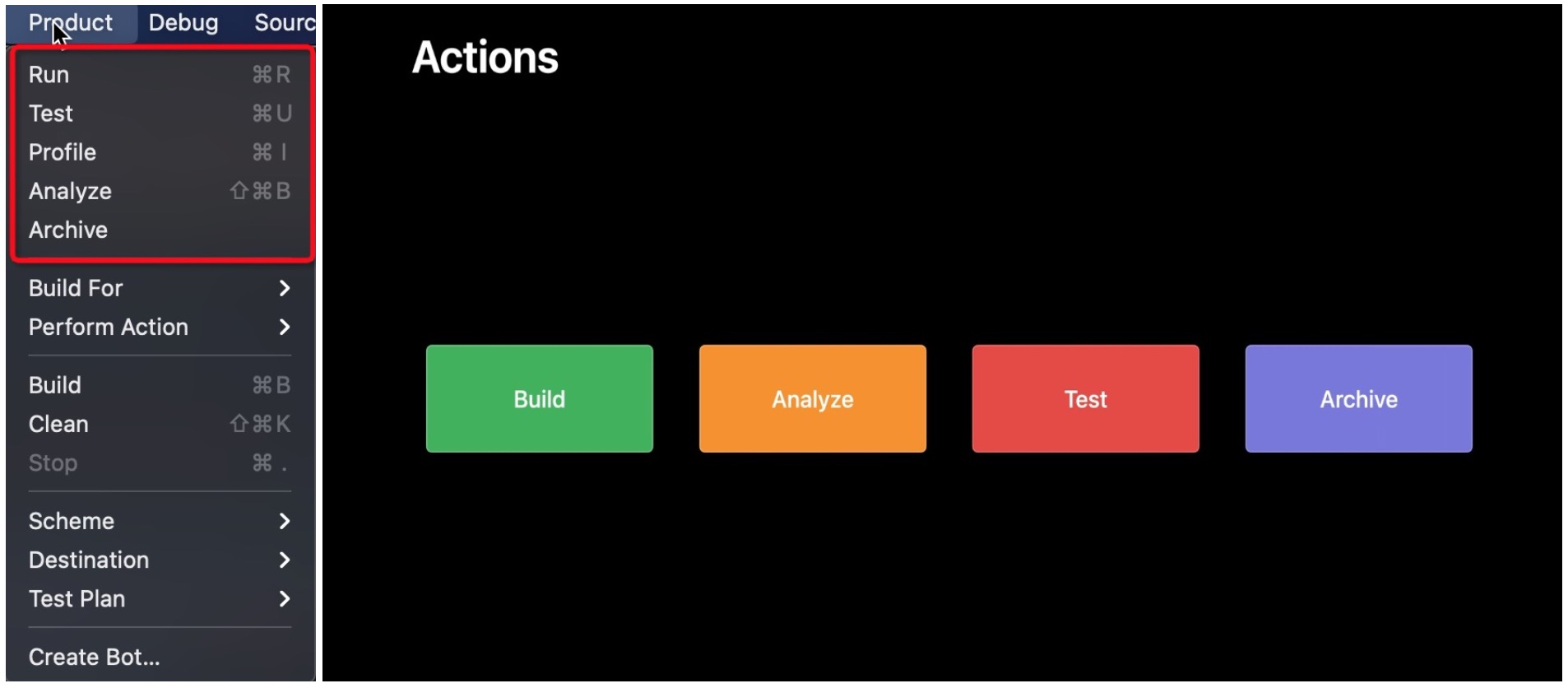
- #Fastlane xcode cloud pro#
- #Fastlane xcode cloud code#
- #Fastlane xcode cloud simulator#
- #Fastlane xcode cloud free#
#Fastlane xcode cloud simulator#
So why don’t we just ship the fat release? The reason is that when you submit your app to the app store, it won’t be accepted if it also includes simulator binaries, hence the need for all these flavors. The fat release contains both in one package, which makes it a great option for development scenarios. The latter two contain binaries for building real device or simulator apps respectively, and they will not work for the other purpose. When you take a look at the generated folder, you are going to see three framework flavors that were exported: “Fat”, “iphoneos” and “iphonesimulator”.


For that purpose, simply open the Assistant app that we installed in the previous step and in the top menu, select the “Export Frameworks” option as shown in Figure 16 and export the frameworks to an arbitrary folder. In order to enable that, first we will need to actually get the Cloud Platform SDK for iOS frameworks.
#Fastlane xcode cloud pro#
For the sake of this tutorial, you can simply request a 30-day Pro trial.įinally, all the software components are in place and we can take a look at how we take the SAP Cloud Platform SDK for iOS and make it available in this infrastructure. The added benefit of Artifactory is that it also supports all other repository formats that are interesting for Mobile development, i.e. When we take a look at what artifact managers are available and what they support, we quickly find there is no real alternative – hence the recommendation to use Artifactory, if possible. However, this setup needs to be manually maintained and it would depend on infrastructure accessible to all developers and build hosts, such as a shared network drive, to function.

Indeed, there are alternative ways set up a repository for Cocoapods, such as this documented do-it-yourself alternative: Manually setting up a repository on the local file system.
#Fastlane xcode cloud free#
The important thing to note is that CI only talks about integrating changes, but also serves as a foundation for more advanced approaches such as Continuous Delivery (CDE) and Continuous Deployment (CD), in which the artifact repository or a target system could also be a deployment target for each integrated change.Ĭoncerning Artifactory itself, the attentive reader may have noticed how so far mostly free or open-source open-source software has been recommended, especially considering how Cocoapods support is not available in the free Artifactory version.

In order to centrally maintain and distribute those, typically binary artifact repositories are used, as shown in the diagram. While this would be a sufficient minimal setup, builds executed both by the build server and developers are likely to require dependencies, such as internally used libraries. The build server then pulls the changes and verifies them, reporting found issues back to the development team.
#Fastlane xcode cloud code#
This is done for every relevant change a developer submits via a source code management system, which is able to merge contributions of individual team members and then notifies the build server about a new source code version. No matter the extent, the basis always is the setup shown in Figure 1: The idea is that instead of having a decentralized setup where all development team members work and verify changes individually, a centralized build infrastructure is setup to execute builds and tests. In reality, this varies widely and can go down even to multiple releases per minute. Generally speaking, CI is a practice that enables development teams to submit and verify changes frequently, say multiple times a day.


 0 kommentar(er)
0 kommentar(er)
